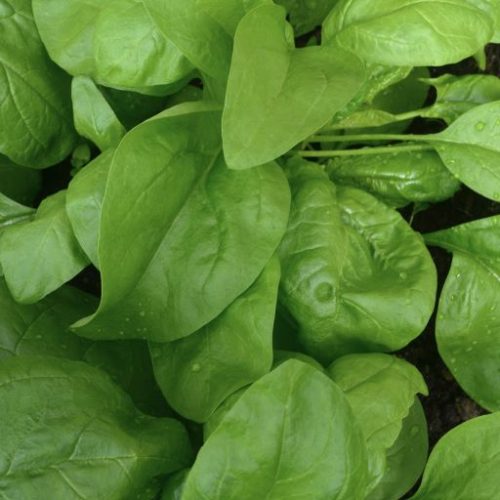Lepidium sativum
Seed Count: Approximately 300 seeds per gram
Cress may have been one of the initial plants you cultivated. Perhaps you even adorned an empty eggshell with a drawn face, filled it with cotton wool, and grew cress as “hair.” Its rapid growth at the seedling stage makes it a favorite for children’s gardening projects. Whether grown on kitchen paper or in punnets on a windowsill, cress can be cultivated throughout the year. The resurgence of sprouting seeds has contributed to a revival of interest in cress. Rich in vitamins K, C, A, and B2, 6, and 9, cress is a nutritious addition to your diet.
How to Cultivate:
Cress can be grown in the garden and harvested as a larger plant. Broadcast the seeds into well-prepared soil, gently rake them in, and thin the plants as needed during growth.
For indoor seedling harvesting, sow cress seeds in compost-filled punnets or on kitchen paper. Keep them moist and in good light. Harvest when the first true frilly leaves appear and the seedlings reach a height of 5–10 cm. Use scissors for clean cutting.
Alternatively, grow cress in a shallow container lined with kitchen paper. Gently water it, sprinkle cress seeds, cover with a damp kitchen paper until germination, then remove the covering and keep watering until ready to harvest. Sow between March to July or in September.
Pests and Diseases:
Cress is generally not susceptible to pests or diseases.
Cooking Tips:
The leaves are not only visually appealing but also boast a light, clean flavor. Add them to salads or use as a garnish.
Cress is an essential ingredient in the classic egg mayonnaise and cress sandwich.










Reviews
There are no reviews yet.